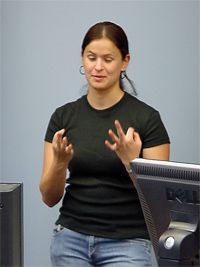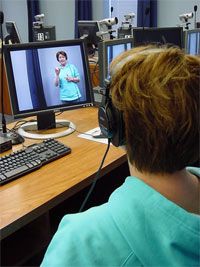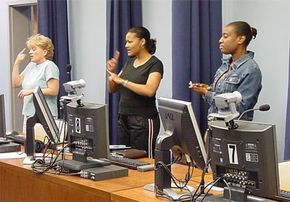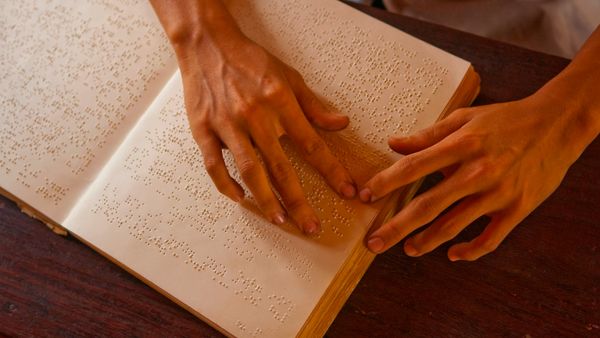For centuries, people who were hard of hearing or deaf have relied on communicating with others through visual cues. As deaf communities grew, people began to standardize signs, building a rich vocabulary and grammar that exists independently of any other language. A casual observer of a conversation conducted in sign language might describe it as graceful, dramatic, frantic, comic or angry without knowing what a single sign meant.
There are hundreds of sign languages. Wherever there are communities of deaf people, you'll find them communicating with a unique vocabulary and grammar. Even within a single country, you can encounter regional variations and dialects -- like any spoken language, you're bound to find people in different regions who communicate the same concept in different ways.
Advertisement
It may seem strange to those who don't speak sign language, but countries that share a common spoken language do not necessarily share a common sign language. American Sign Language (ASL or Ameslan) and British Sign Language (BSL) evolved independently of one another, so it would be very difficult, or even impossible, for an American deaf person to communicate with an English deaf person. However, many of the signs in ASL were adapted from French Sign Language (LSF). So a speaker of ASL in France could potentially communicate clearly with deaf people there, even though the spoken languages are completely different.

There is no direct correlation between natural sign languages and spoken languages -- speakers of sign language communicate through concepts, not words. While it is possible to interpret sign language into a spoken language such as English (and vice versa), such an interpretation would not be a direct translation.
Most speakers of sign language find it difficult to learn it from books and static pictures. The way a speaker signs a concept can say more about his meaning than the sign itself. Pictures don't capture the nuances that are intrinsic for clear communication with sign language, and sometimes it is difficult to communicate the motions some signs require without video, animation or an in-person demonstration.
In this article, we'll focus mainly on American Sign Language, the dominant sign language in the United States. We'll also look at Signed Exact English (SEE) and Pidgin Signed English (PSE), two alternatives to ASL that are used primarily between deaf people and hearing people. SEE and PSE rely on the English language to varying degrees. This means that unlike ASL, they are constructed, or artificial, sign languages. We'll talk about the attempt to establish a universal sign language and look at other applications of sign language.
In the next section, we'll explore the history of American Sign Language.
Advertisement








